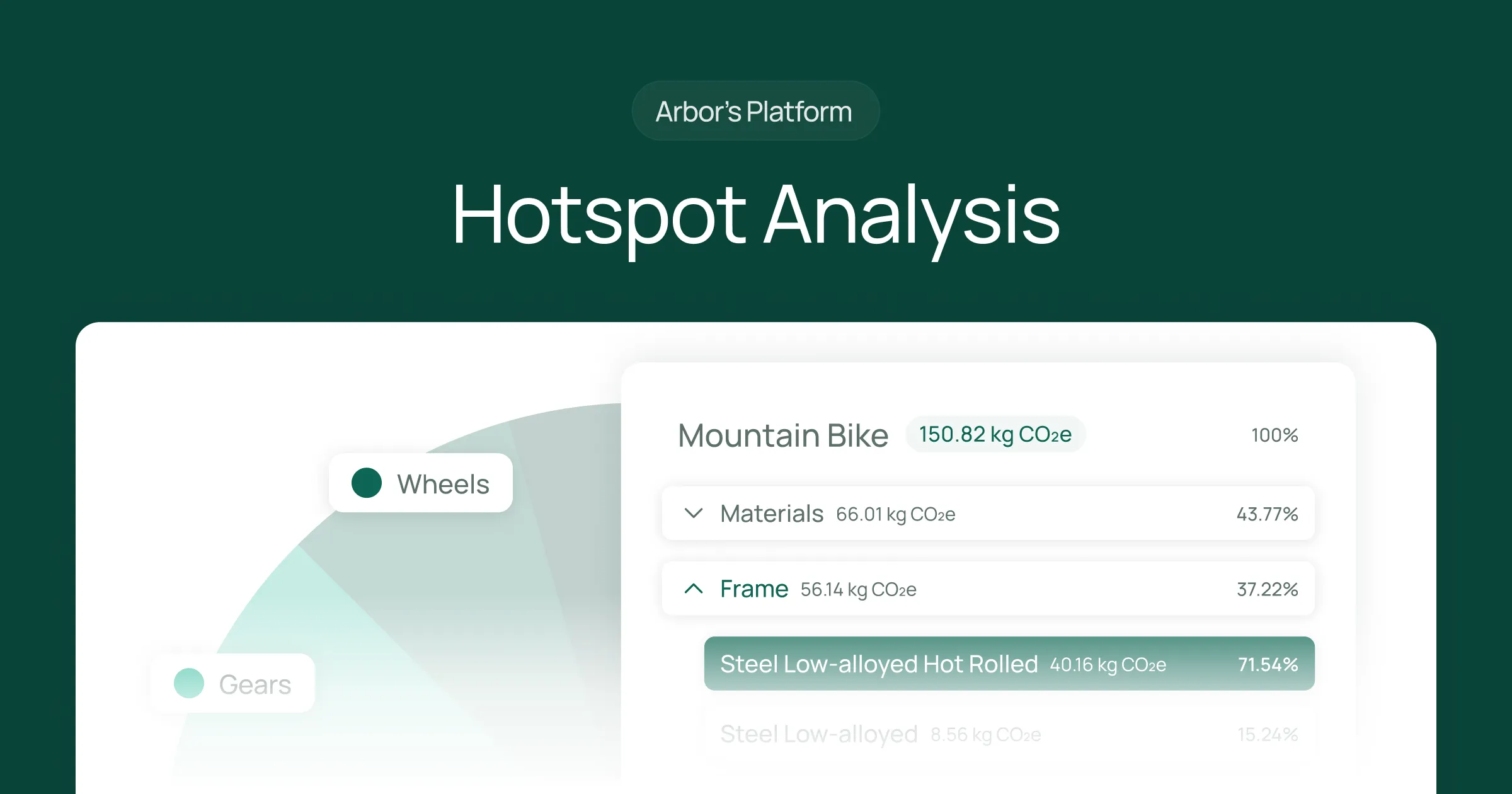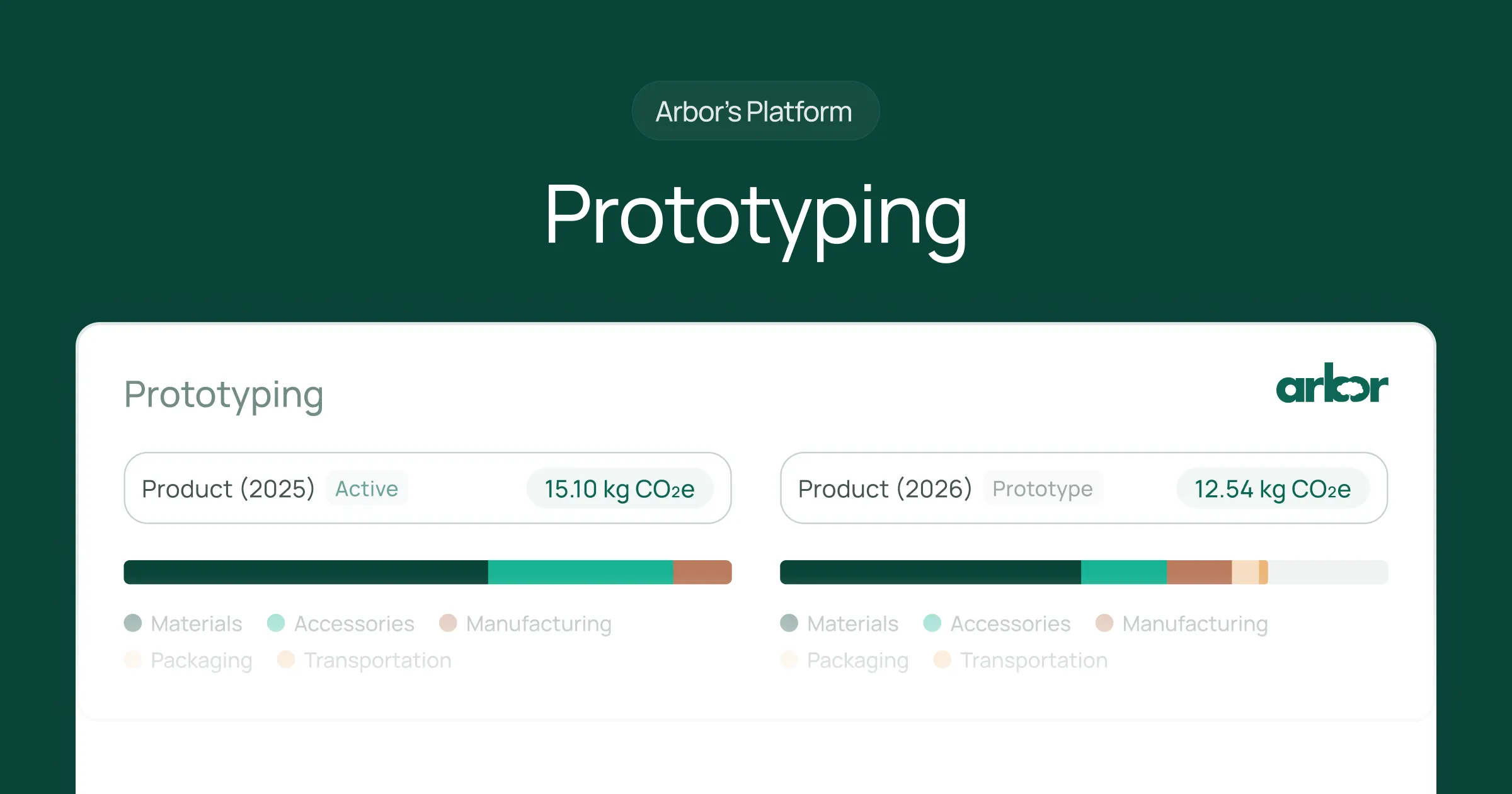In today's increasingly eco-conscious business environment, understanding and minimizing a company's carbon footprint is not just a matter of regulatory compliance—it's a competitive advantage. Amid the vast methodologies available for carbon calculation, Hybrid Carbon Calculation stands out for companies striving for a balance of precision and scalability in their sustainability efforts. This blog dives into the intricacies of hybrid carbon calculations, focusing on the pivotal role of data quality, the innovative Hybrid Carbon Calculation approach, and how it affects carbon management practices.
Understanding the Levels of Data Quality in Carbon Calculations
Before diving into the specifics of Hybrid Carbon Calculation, it's essential to grasp the concept of data quality levels in carbon management. Data quality levels categorize information based on its precision and reliability. Typically, carbon calculations are spend-based, leveraging financial data to estimate emissions. While this approach is accessible, it often lacks the specificity and accuracy necessary for comprehensive carbon management.
Spend-based Carbon Calculation Method
Spend-based calculations have been a cornerstone in the initial steps toward understanding and managing carbon emissions within companies. This approach serves as a pragmatic entry point for carbon footprint estimation. However, its application often introduces significant limitations that can obscure a comprehensive understanding of a company's environmental impact.
Firstly, spend-based calculations adopt a generalized framework that aggregates emissions data based on monetary transactions without delving into the specific environmental attributes of those transactions. This method, while straightforward, glosses over the intricate variations inherent in different production processes, material sourcing, and operational efficiencies. Such a broad-brush strategy may provide an overarching view of emissions but falls short of capturing the nuanced differences across diverse business activities. Consequently, companies relying solely on spend-based calculations may find themselves with a carbon footprint estimate that lacks the detail and specificity required for targeted emission reduction strategies. This oversight can lead to missed opportunities for efficiency improvements and more sustainable practice implementations, which are critical for companies aiming to lower their environmental impact and align with global sustainability goals.
Process-based Carbon Calculation Method
Compared to the spend-based methodology, Process-based Calculations offer a more refined and accurate approach to understanding a company's carbon footprint. Employing the rigorous framework of a Life Cycle Assessment (LCA), this method systematically evaluates emissions at every juncture of a product's lifecycle, encompassing raw material extraction, manufacturing, use, and eventual disposal or recycling. The strength of process-based calculations lies in their meticulous attention to the granularity of emissions data, allowing companies to pinpoint specific areas of high environmental impact within their operations.
Process-based calculations illuminate the direct and indirect emissions associated with each phase by dissecting the lifecycle of products and services, offering a comprehensive view of a company's carbon footprint. This detailed insight is invaluable for companies committed to sustainability, enabling them to identify and implement precise reduction strategies tailored to the unique aspects of their operations. Additionally, this approach facilitates a more informed decision-making process regarding material selection, production methods, and supply chain management, further enhancing the company's ability to mitigate its environmental footprint.
However, process-based calculations' sophistication comes with challenges, notably the need for extensive and accurate data across the entire product lifecycle. Gathering this level of detailed information demands significant resources. It can pose a formidable obstacle for many companies, especially those with complex supply chains or those in the early stages of their sustainability journey. Despite these hurdles, the benefits of adopting a process-based approach to carbon calculation are undeniable, offering a path to more effective and responsible environmental management.
Hybrid Carbon Calculation Method
The Hybrid Carbon Calculation effectively bridges the gap between the simplified nature of spend-based calculations and the precision of Process-based Calculations. This method weaves together data from economic activities and specific processes, providing a more nuanced perspective on carbon emissions. By melding these distinct methodologies, Hybrid Carbon Calculation not only surmounts the inherent limitations of each approach but also advances the data quality. This integration ensures that companies can rely on a more accurate and comprehensive portrayal of their carbon footprint, tailored to encapsulate the full spectrum of their emissions.
For example, a retail corporation seeks to refine its approach to sustainability:
Initially, the company applies spend-based calculations to gauge the broader environmental impact of its entire supply chain, from product manufacturing to end-sale. Following this, the company dives deeper with process-based calculations for high-impact areas like manufacturing, meticulously analyzing emissions from materials and energy usage.
The corporation achieves a more precise and actionable understanding of its carbon footprint through this blended approach, enabling targeted strategies for significant emissions reduction and sustainability enhancements.
The Benefits of a Hybrid Approach
Implementing a Hybrid Approach extends far beyond mere precision in carbon emissions estimation. It paves the way for companies to uncover actionable insights and concrete paths toward reducing their environmental impact. Businesses are empowered to pinpoint exact areas ripe for improvement by dissectioning emissions into more detailed categories. This granular visibility into the emission profile facilitates the identification of both direct and indirect emission sources, enabling targeted intervention strategies.
Additionally, the robustness and credibility of the emissions data generated through Hybrid Calculation are invaluable assets for companies navigating the regulatory landscape and engaging with carbon markets. Adherence to this approach ensures regulatory compliance and enhances a company’s reputation, positioning it as a sustainability and environmental stewardship leader.
Companies adopting the Hybrid Carbon Calculation method are better equipped to formulate and implement effective carbon reduction strategies. This contributes to their sustainability goals and aligns with global efforts to mitigate climate change. Moreover, the detailed emissions profile facilitated by this approach can serve as a cornerstone for transparent reporting, stakeholder engagement, and sustainable business practices, further solidifying a company's commitment to environmental responsibility.
Navigating Challenges
Despite its advantages, the Hybrid Carbon Calculation method has challenges. The complexity of integrating different calculation methods demands a deep understanding and capacity to synthesize disparate data types. Additionally, the quest for detailed data can be daunting, with gaps or inaccuracies posing significant hurdles.
Standardization and Comparability
Another layer of complexity is the standardization and comparability of results. The absence of a widely accepted standard for Hybrid Carbon Calculations can lead to inconsistencies, complicating comparisons across products or services. Furthermore, this variability can undermine global benchmarking and transparency efforts, hindering companies' ability to communicate their sustainability achievements effectively. Harmonizing sustainability practices and fostering a more comparable and competitive marketplace remains elusive without a uniform set of metrics and methodologies.
Embracing Hybrid Carbon Calculation with Arbor
Arbor's platform streamlines the hybrid carbon calculation process for companies, combining initial spend-based analysis with detailed process evaluations for unmatched accuracy in carbon emission data. This comprehensive approach enables businesses to pinpoint and act on specific areas for effective environmental impact reduction. Arbor simplifies the complexities of integrating various data types and overcoming information gaps, fostering standardization, and enhancing companies' sustainability profiles. Partnering with Arbor equips companies with a scalable solution to advance their sustainability goals, ensure regulatory compliance, and lead the industry in environmental responsibility.
Talk to our sales team today to discover how Arbor's tools can transform your sustainability practices, from material-level calculations to GRI-certified reporting. Embrace this opportunity to become a sustainability champion in your organization, leveraging the power of Hybrid Carbon Calculation to make informed, impactful decisions.
Explore how Arbor can streamline your sustainability journey.
Measure your carbon emissions with Arbor
Simple, easy carbon accounting.




.webp)
%20Directive.webp)


.webp)











%20Arbor.avif)





%20Arbor.avif)


.avif)






%20Arbor%20Canada.avif)

.avif)
%20Arbor.avif)
.avif)






_.avif)
.avif)
%20Arbor.avif)




%20Software%20and%20Tools.avif)





.avif)
.avif)




%20EU%20Regulation.avif)












.avif)


%20Arbor.avif)








_%20_%20Carbon%20101.avif)







.avif)

.avif)
.avif)









